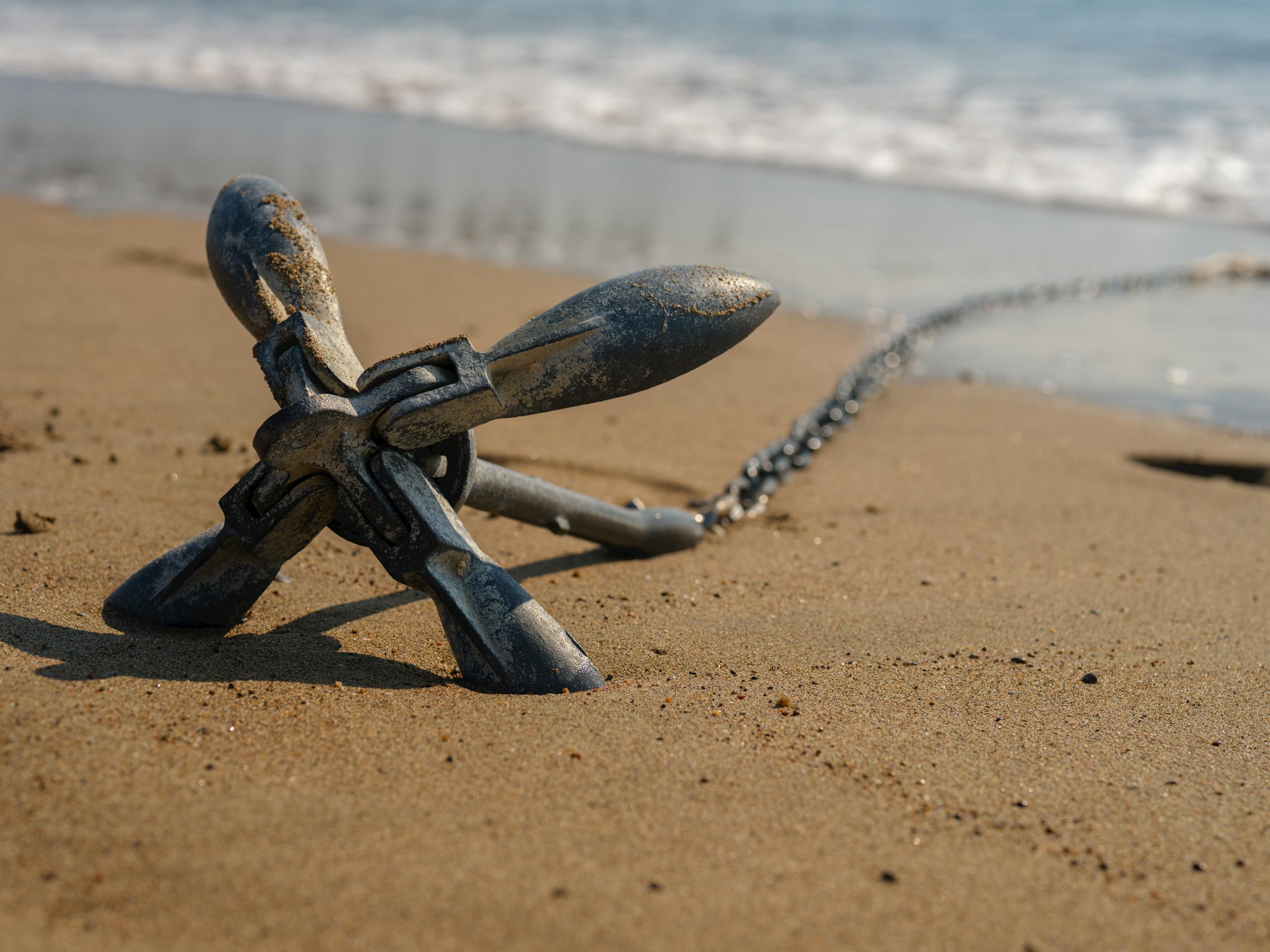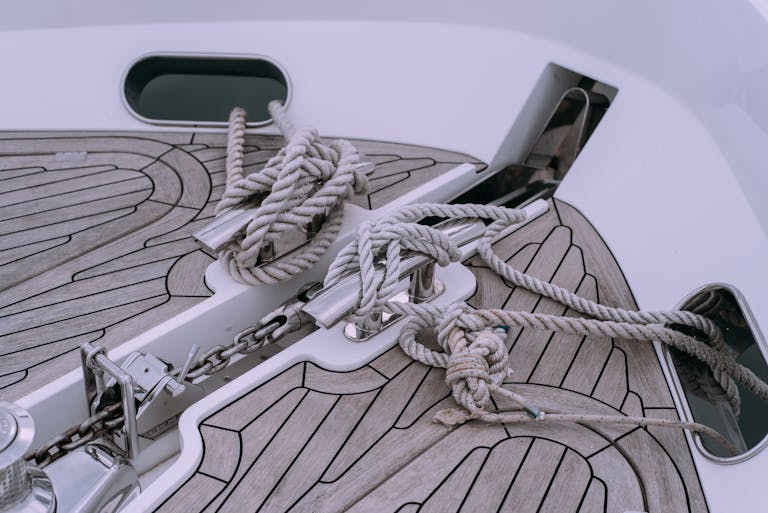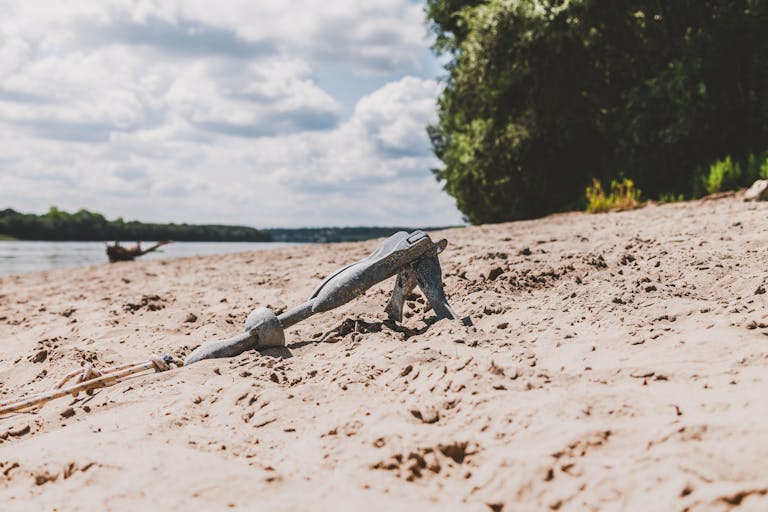Selecting a suitable anchorage spot is essential for a safe and enjoyable boating experience. The right anchorage provides shelter, security, and comfort. Here are some tips for choosing the best anchorage spot.
1. Shelter from Wind and Waves
- Wind Direction: Choose a location protected from prevailing winds. Look for natural barriers like islands, coves, or headlands.
- Wave Action: Avoid areas exposed to heavy wave action. Sheltered bays or behind breakwaters offer calmer conditions.
2. Seabed Composition
- Holding Ground: Opt for a seabed with good holding characteristics like sand or mud. Avoid rocky or weedy areas where anchors may struggle to grip.
- Depth: Ensure the water depth is appropriate for your anchor and rode length. Aim for a depth that provides adequate scope without risking grounding at low tide.
3. Room to Swing
- Swing Radius: Calculate the swing radius based on your rode length. Ensure there’s enough space for your boat to swing with wind or current changes without hitting other boats or obstacles.
- Proximity to Other Boats: Maintain a safe distance from other anchored vessels to avoid entanglement or collisions.
4. Avoid Hazards
- Underwater Obstacles: Be aware of submerged rocks, reefs, or wrecks that could damage your boat or anchor.
- Surface Hazards: Watch for buoys, fishing gear, or other surface obstructions.
5. Anchorage Regulations
- Local Rules: Check for any local anchoring regulations or restrictions. Some areas may have designated anchorage zones or protected areas where anchoring is prohibited.
- Protected Areas: Avoid anchoring in environmentally sensitive areas like coral reefs or marine reserves.
6. Access and Convenience
- Shore Access: Consider the proximity to shore if you plan to go ashore. Ensure there’s a safe and convenient landing spot for dinghies or tenders.
- Facilities: Check for nearby amenities like docks, fuel stations, or water supplies if needed.
7. Weather Considerations
- Forecasts: Check weather forecasts for expected wind and wave conditions. Avoid anchoring in areas exposed to strong winds or storms.
- Current Patterns: Be aware of tidal currents and their effect on your boat’s positioning and anchoring.
8. Night Anchoring
- Light Visibility: Ensure your boat’s anchor light is visible to other vessels. Avoid anchoring near areas with heavy boat traffic at night.
- Noise and Light Pollution: Consider the surrounding environment for noise and light pollution, which can affect your comfort and safety.
9. Safety Measures
- Anchor Alarm: Use an anchor alarm to alert you if the boat drifts beyond a set radius.
- Frequent Checks: Regularly check your position and anchor holding, especially in changing conditions.
Selecting a suitable anchorage spot involves evaluating environmental factors, safety considerations, and convenience. By choosing wisely, you’ll ensure a secure and comfortable anchorage, allowing you to enjoy your time on the water.



